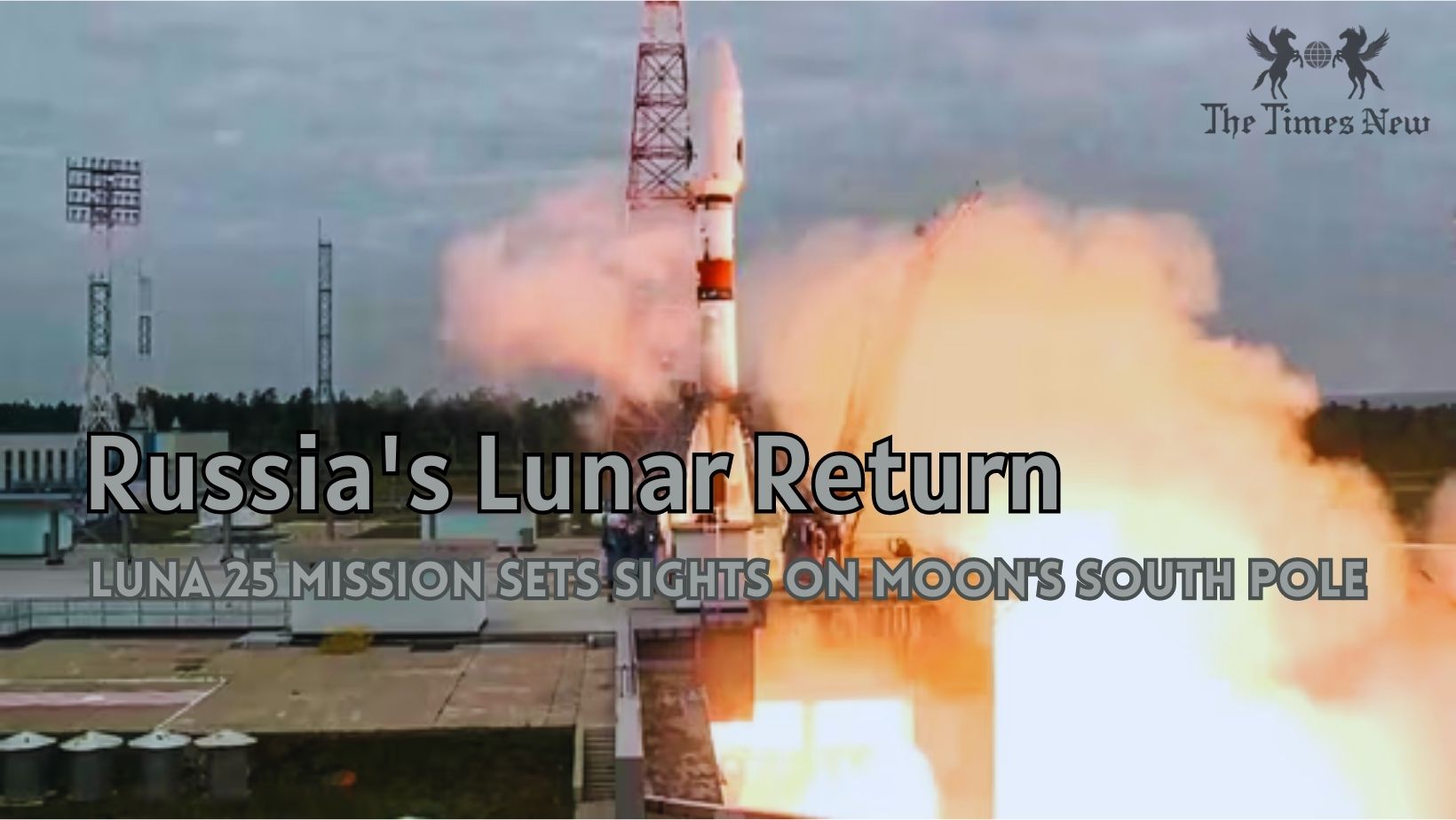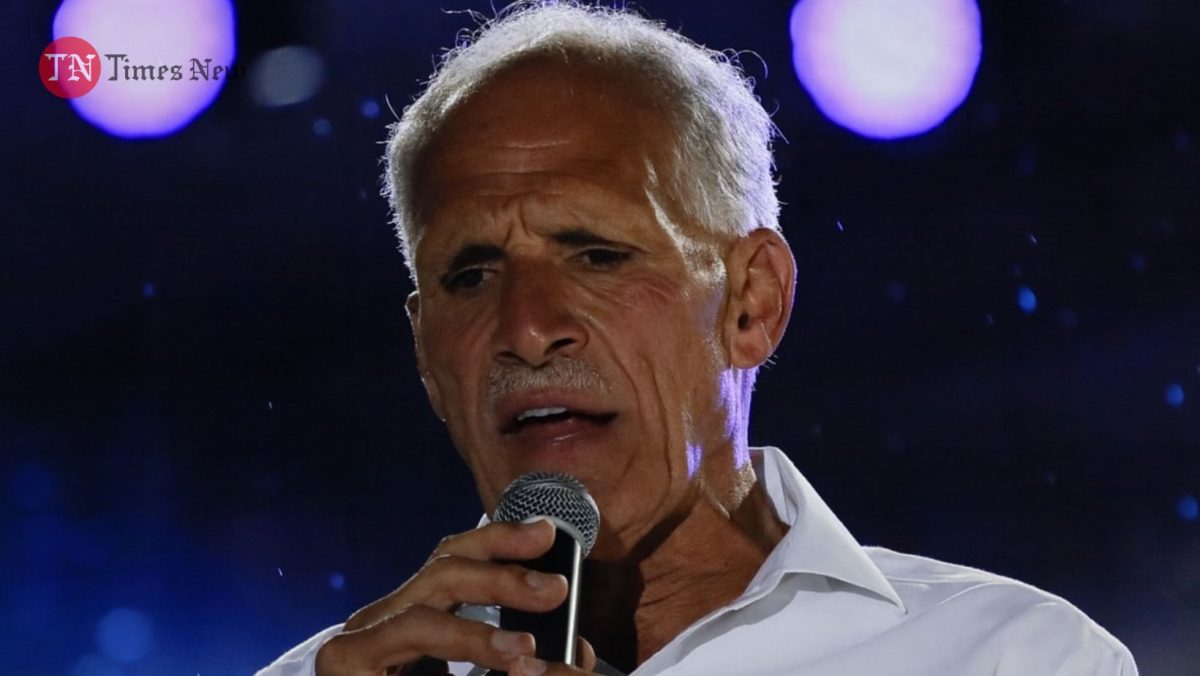
In a significant step towards lunar exploration, Russia has successfully launched Luna 25, its first lunar mission in nearly five decades. The historic launch took place from the Vostochny launch facility in Russia’s Far East. Carried aloft by a Soyuz-2 Fregat rocket, Luna 25 embarked on its journey at 8:10 am local time on Friday. Following a flawless separation of the Fregat booster from the rocket’s third stage approximately 564 seconds after liftoff, the Luna-25 spacecraft is set to detach from the booster approximately an hour post-launch. The spacecraft is expected to spend up to 5.5 days en route to the moon, with a primary goal of perfecting soft landing technology. This mission holds the potential to make history as the first spacecraft to reach the South Pole of Earth’s natural satellite, paving the way for extensive scientific exploration.
Luna 25’s mission extends beyond landing techniques, encompassing a wide array of scientific objectives. The spacecraft will spend several days orbiting around 100 kilometers above the moon’s surface before targeting the Boguslawsky crater area. Additionally, alternative landing sites named Manzinus and Pentland-A craters have been designated. Once on the lunar surface, Luna 25 aims to analyze the effects of space rays and electromagnetic emissions, while also searching for valuable resources like water. Equipped with an array of cameras, the lander plans to capture timelapse footage of its descent and an HDR wide-angle image of the moon’s landscape. The ambitious mission, officially named Luna-Glob-Lander, will extend its scientific investigations over a year, studying the composition of polar soil, lunar exosphere, and more, contributing to our understanding of the moon’s geological and atmospheric properties.
The launch of Luna 25 comes at a pivotal juncture, attracting global attention as Russia strengthens its presence in the realm of space exploration. As geopolitical tensions persist, with Russia seeking to expand non-Western partnerships and alliances, the lunar mission serves as a testament to its commitment to advancing scientific knowledge and technology. While Europe and America focus on their lunar initiatives, Russia’s successful mission underscores its determination to forge ahead with its space aspirations. The journey of Luna 25 not only showcases Russia’s technological prowess but also offers the world an opportunity to collaborate and discover new frontiers in lunar exploration and scientific research.
Pic Courtesy: google/ images are subject to copyright









